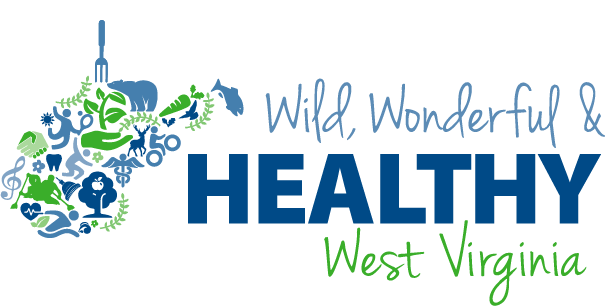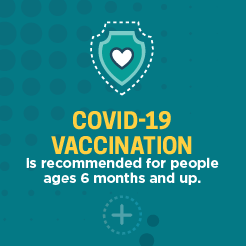It’s estimated that roughly 51.5 million Americans’ lives are disrupted each year from mental health disorders. These conditions put a significant threat to one’s quality of life, physical well-being, interpersonal relationships, and life.
Because of the significant and staggering number of folks battling with a mental illness, the month of October is nationally recognized as Depression and Mental Health Awareness Month –an annual initiative to raise awareness and erase the stigma attached to mental illness.
While mental illness doesn’t discriminate against age, race, gender, social class and so on, there is a distinct intersection between folks living in poverty, people of color, people within the LGBTQ community, and youth who have a troubled home/school life.
In this blog, we’ll primarily focus on the overlap of mental illness and school suspension and how academic success can be faltered due to strict school punishment. Though one layer is being discussed, it’s important to understand these factors intertwine with one another.
We know that students who struggle with mental illness (depression, anxiety, ADHD, etc.) can suffer from negative outcomes like the inability to concentrate in class and create friends, poor grades, low self esteem, suspension, and in extreme cases suicide. These effects can certainly carry over into adulthood and can lead to more challenges, roadblocks and life-changing situations.

Oftentimes, students who are showing “poor” or “bad” behavior are met with punishment rather than compassion or an understanding from teachers and school administration. According to federal data, black students or students who fall within the poverty line, receive punishment more often and sometimes more severe than their white peers. These disciplinary actions can lead to worsening a student’s already poor mental health, especially if suspension or expulsion is assigned.
How do we move forward in ensuring that students have the potential to reach full academic success, support for mental health and a solid foundation for life after high school?
Aside from quality education, compassion, understanding, and a commitment to students’ safety (physically, mentally and emotionally) need to be at the forefront of our school systems’ agendas.
The first step for teachers and administration is to recognize the signs of a student struggling with mental health problems. Rather than going straight for penalizing a student, perhaps, a discussion and background check could go a long way. This change within the schools could lead to more support training within the school system and/or having an on-site counselor readily available for students seeking support.
Outside of school, students need to be given the opportunity to leave the schoolhouse and have the option to congregate in a safe space. While a child’s home should be the ultimate safe space, we know that to not always be true.
That’s why Wild, Wonderful and Healthy Charleston West Side is taking the initiative to support Kanawha County’s youth through its community center. The recently opened community center was created as a safe space open to students to practice sports, games and do homework.

 A Program of:
A Program of:
